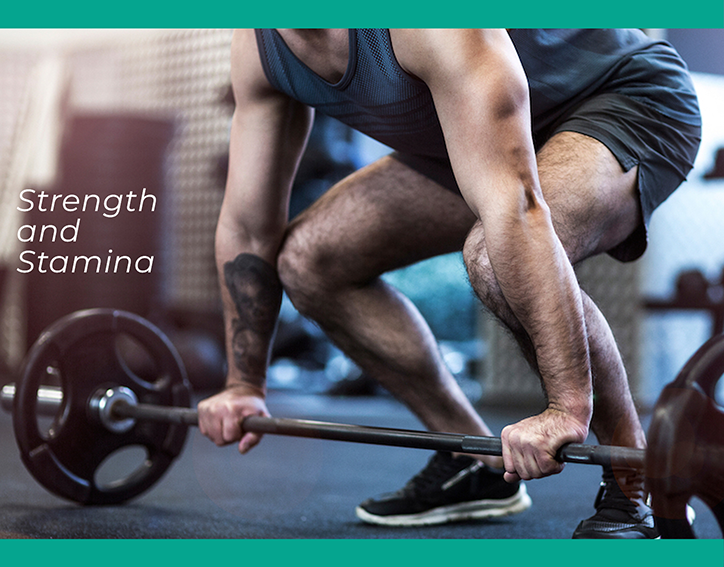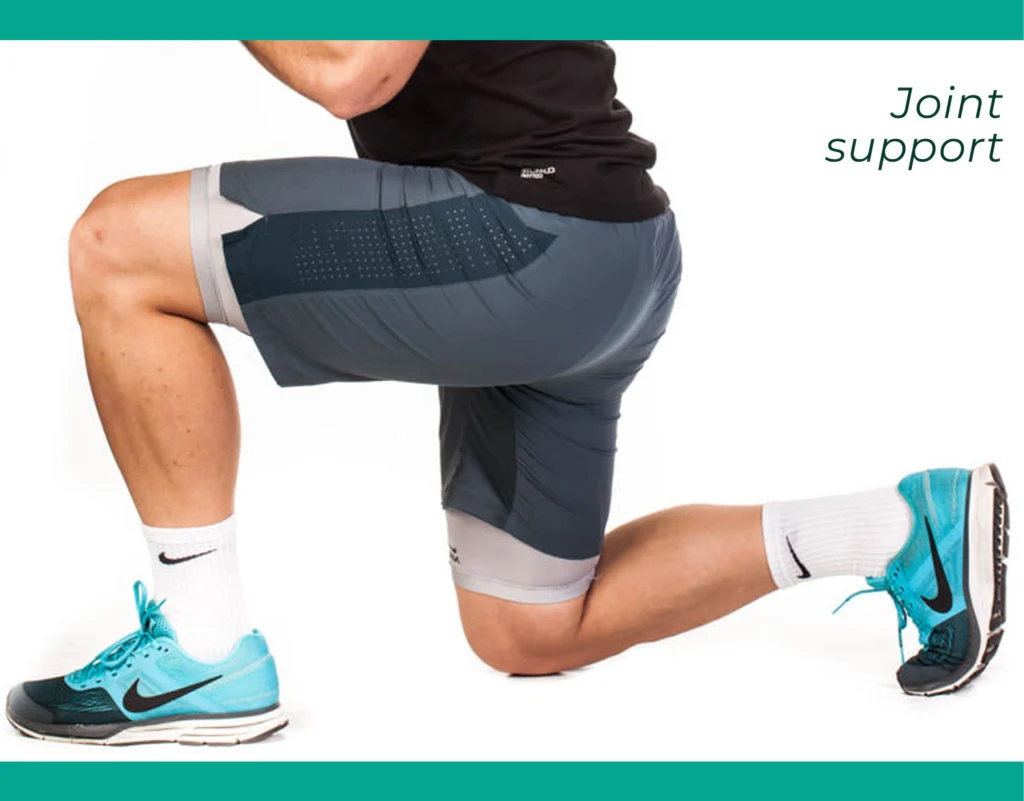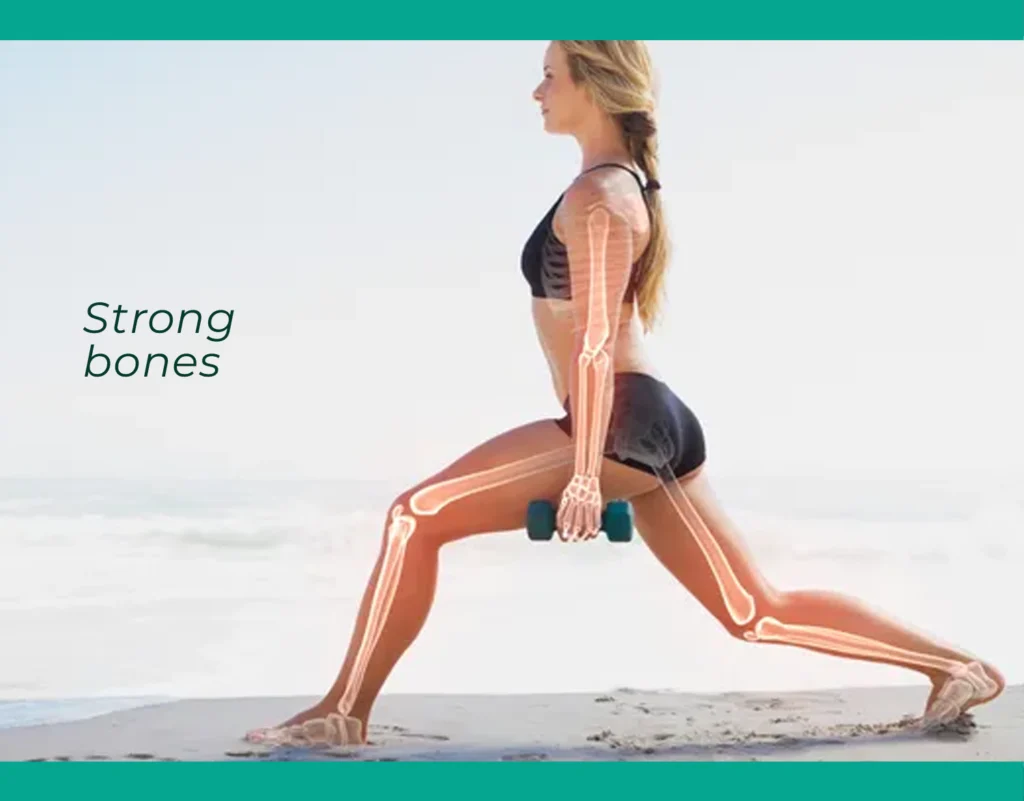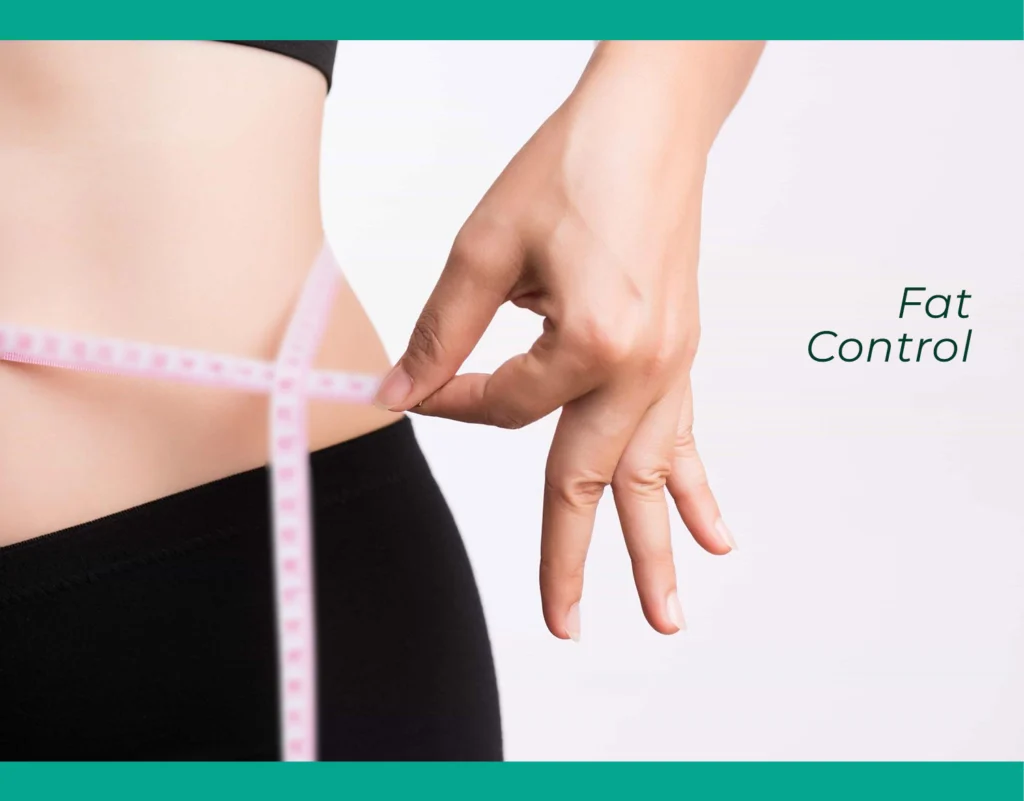Original Source
“Body and Mind Benefits of Building Muscle”
Muscle is a vital component of overall health, playing a crucial role in longevity. Beyond dietary preferences like paleo or keto, strength training is deemed essential for holistic fitness. While nutrition provides building blocks, strength training guides the body in utilizing those nutrients effectively.
Muscle loss begins around age 25, accelerating to 8 percent per decade from 40 to 70 and 15 percent after 70. Factors like aging, injuries, diseases, and metabolic changes are linked to this decline, impacting physical and cognitive functions. Contemporary lifestyles, low hormones, stress, and conditions like type 2 diabetes expedite muscle loss. Preserving muscle is crucial for overall well-being, given its seven essential functions, including supporting long-term health and countering aging effects. Recognizing muscle loss as multifaceted underscores the non-negotiable role of strength training in comprehensive fitness. While aging effects are inevitable, proactive measures can delay muscle decline, making preservation vital for sustained physical function. Understanding the dynamic and multifunctional nature of muscle highlights the importance of holistic approaches for a resilient body and mind.
ADVANTAGES OF BUILDING MUSCLE:
1. An Essential Ally in Blood Sugar Management.

High-carb diets combined with sedentary lifestyles created an epidemic of diabesity (obesity and diabetes). About two-thirds of the population is overweight or obese, and prediabetic or diabetic.
Obesity and diabetes aren’t always paired together, however. About 20 percent of those with diabetes or prediabetes are at a healthy weight.
To fix the blood sugar problem, you could eliminate carbs entirely by following a ketogenic diet. Or, you could eat a more moderate amount of carbs and create space to store them by building muscle.
Your liver and skeletal muscle store glucose as glycogen. However, if you don’t exercise regularly, and more specifically, train with weights, you lose your ability to store carbs. When you don’t have any place to put them, blood sugar rises, the pancreas secretes insulin, and you store fat. The more muscle you have, the more storage space you create for glucose.
There’s also plenty of evidence to show that blood sugar and insulin dysfunction leads to cancer, cognitive problems, heart disease, and accelerated aging.
2. Strength and Stamina Unleashed

In the initial months of a weight-training program, strength gains occur without a significant increase in muscle tissue. The nervous and muscular systems become more efficient in using existing muscle, providing considerable strength without noticeable muscle growth. Subsequently, with consistent weight training and a high-protein diet, visible changes in body shape and continued strength improvement become evident. Beyond aesthetic benefits, the newfound strength transforms daily activities, making tasks like climbing stairs and carrying groceries more manageable. This transformation results from the growth of new muscle fibers and the development of energy-producing mitochondria, enhancing energy efficiency.
The impact extends beyond aesthetics, making daily activities more manageable, such as climbing stairs and carrying groceries independently. This strength improvement is attributed to the growth of new muscle fibers and the development of energy-producing mitochondria, leading to more efficient energy production. Ligaments, tendons, and muscles gain strength, while the nervous system becomes adept at coordinating various muscle groups for fluid and effective movement. Consistent efforts to maintain and intentionally improve strength are crucial, as neglecting muscle and strength-building can lead to breakdown rather than enhancement.
3. Joint Support

Joint pain often deters individuals from weight training, but ironically, avoiding weight training can exacerbate the problem. Instead, finding ways to weight train without worsening joint pain is crucial. Over time, proper weight training can even alleviate joint pain. It’s essential to tailor exercises to avoid aggravating specific conditions like knee osteoarthritis. While certain movements may need modification, focusing on other body parts ensures continued exercise. Notably, increasing lean body mass has shown benefits for some arthritis forms. Muscle plays a protective role, preventing injuries from minor accidents, and the hormonal effects of muscle building contribute to tissue repair, potentially alleviating pain.
4. Strengthen Your Bones

Physical tension from resistance stimulates muscle and bone growth. Amino acids aid muscle repair, while nutrients like protein, calcium, magnesium, and vitamins D and K support bone development. For optimal bone health, stress your bones through resistance training. Losing muscle often accompanies reduced bone density, but efforts to build muscle can enhance bone density. Strong muscles typically correlate with robust bone health, emphasizing the importance of resistance training for overall musculoskeletal well-being.
5. Fat Control Dynamics:

Muscle burns three times more calories per pound than body fat. Transforming body composition by reducing fat and increasing muscle may not reflect on the scale, but it significantly alters appearance and boosts resting metabolic rate. Metabolic rate naturally declines with age, but lifestyle choices play a crucial role. Exercise and dietary decisions impact metabolism more than age alone. A well-conditioned 70-year-old can have a higher metabolic rate than a sedentary 30-year-old. Overreliance on cardio and a low-calorie diet accelerates muscle loss and slows metabolic rate; prioritize strength training and a high-protein diet instead.
6. Emotional Wellness

Body posture is linked to emotions. When feeling sad, people tend to slouch unconsciously. Conversely, adopting a posture associated with positive emotions can influence your mood. Many sit at work or use smartphones in a posture resembling depression. While enhancing workstation ergonomics helps, building muscle plays a crucial role. Balancing upper-body exercises with more pulling or back movements (60%) than pushing (40%) can counteract the effects of poor posture. Research indicates that improving posture not only benefits physical well-being but also positively impacts emotional states, emphasizing the mind-body connection.
7. Build confidence too

Achieving physical milestones, like fitting into new clothes or hitting personal bests in strength training, sparks excitement. Such accomplishments, be it mastering pushups or achieving a bodyweight pull-up, have a profound impact on self-confidence. Physical strength correlates with mental strength, and a strong body often leads to a resilient mind. Boosting physical strength not only fosters mental toughness but also empowers individuals to tackle challenges in personal and professional spheres. The confidence gained from fitness achievements becomes a catalyst for success in various aspects of life.

Building muscle can be likened to making regular deposits into your “Quality of Life Savings Account.” Similar to a well-funded retirement account maintaining your standard of living post-work, building muscle ensures a sustained quality of life amidst the inevitable physical and mental declines of aging. This process involves incorporating strength training and a high-protein diet, foundational elements for fostering lean body mass. Regardless of age or existing health challenges, initiating an effective strength training program proves beneficial at any stage, serving as a proactive approach to preserving a fulfilling and vibrant quality of life as you age.

